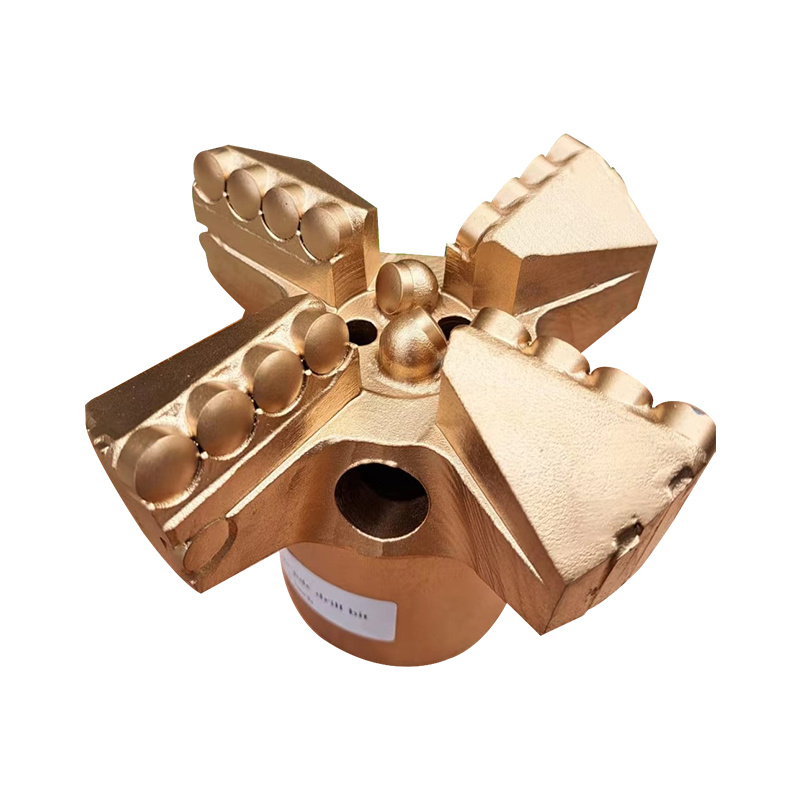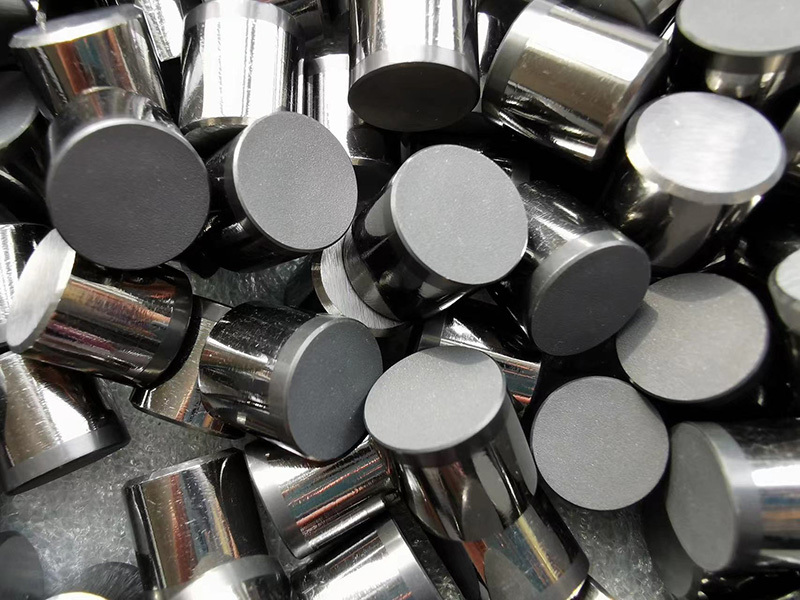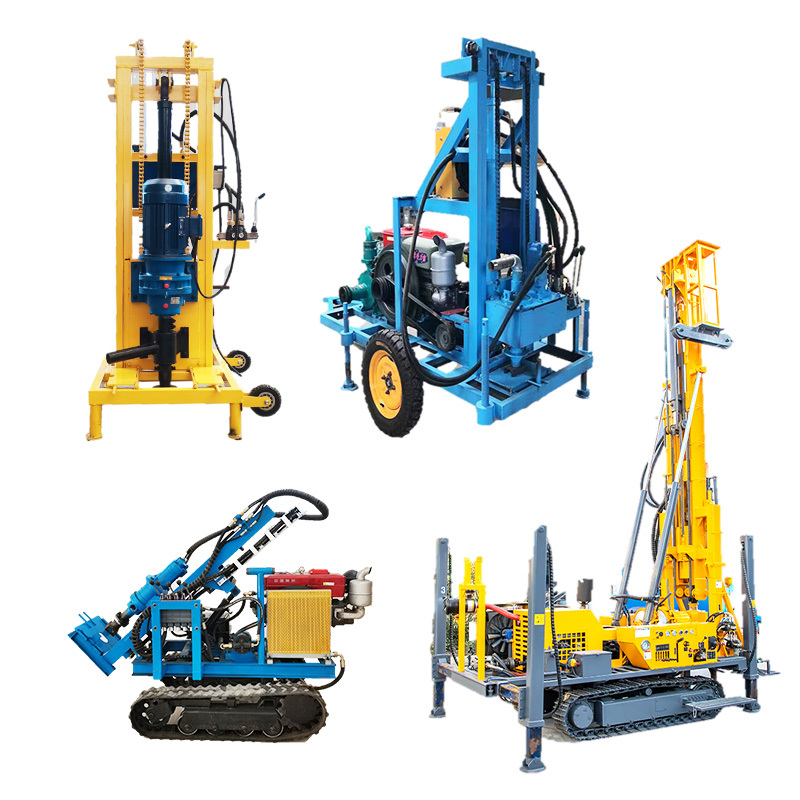The Critical Role of Metal Nozzles in PDC Drill Bits for Oilfield Applications
Jun 20,2025
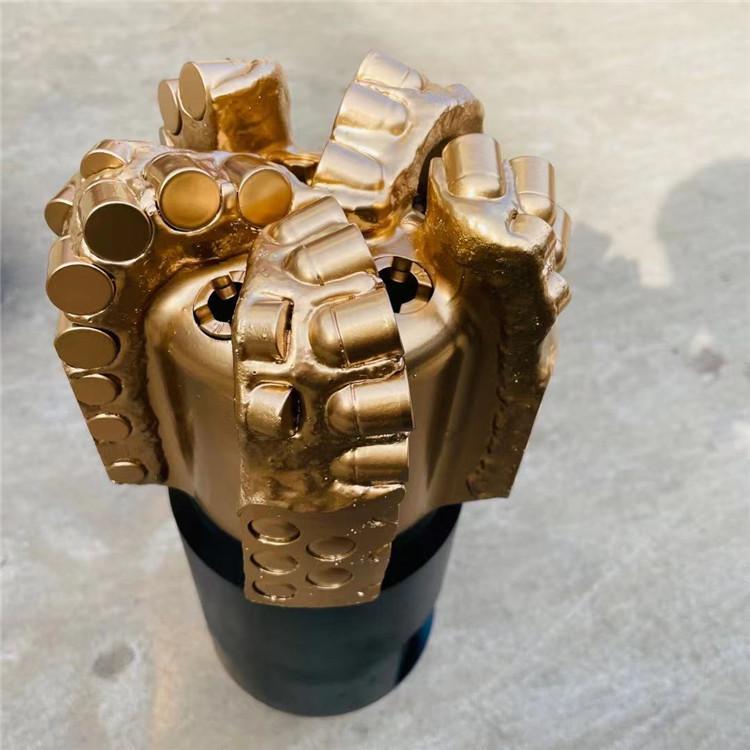
In petroleum drilling operations, the performance of PDC (Polycrystalline Diamond Compact) drill bits directly dictates drilling efficiency and cost-effectiveness. The seemingly small metal nozzles integrated into these bits function as the hydraulic lifeline, precisely controlling drilling fluid distribution and energy conversion.
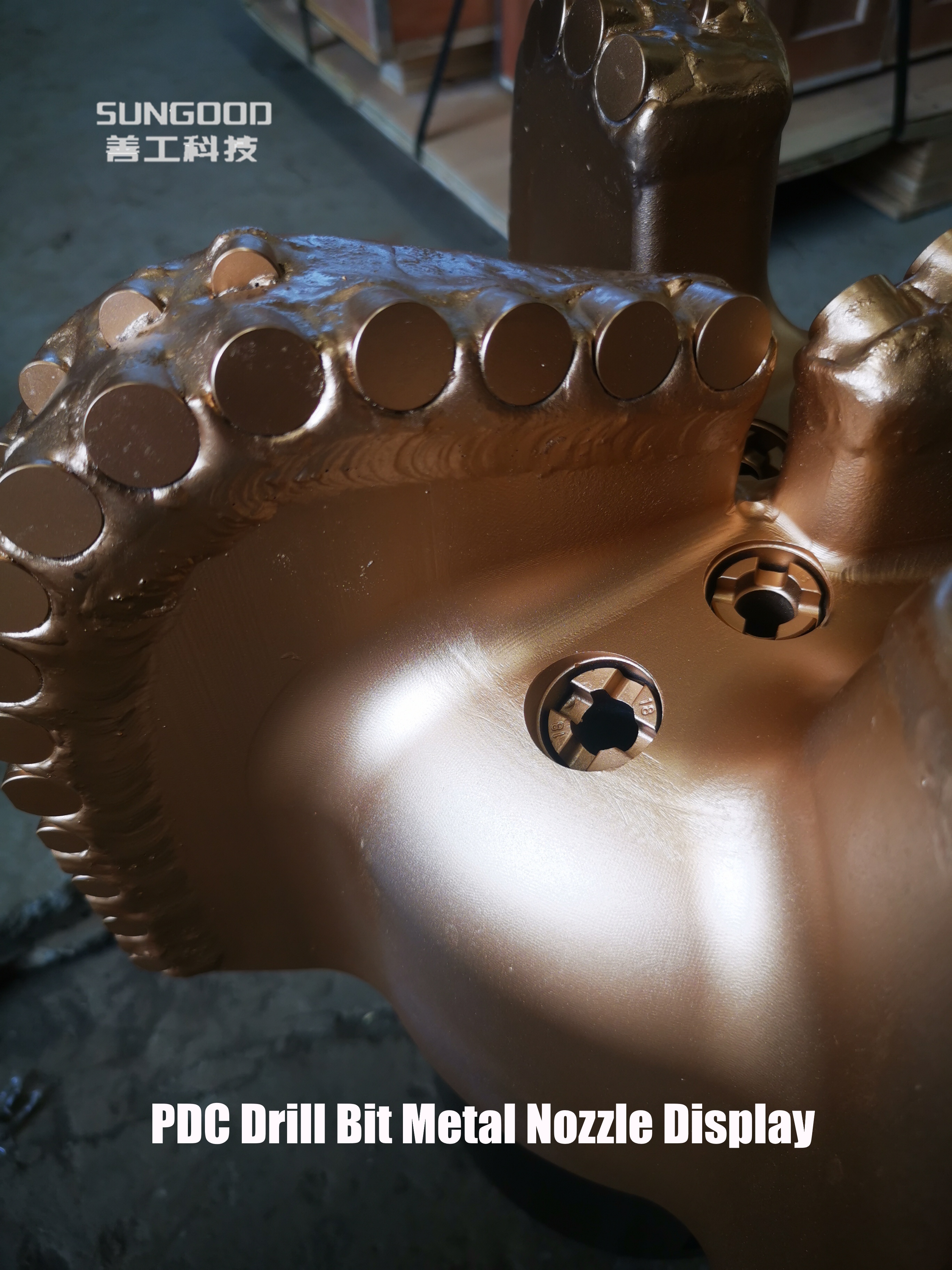
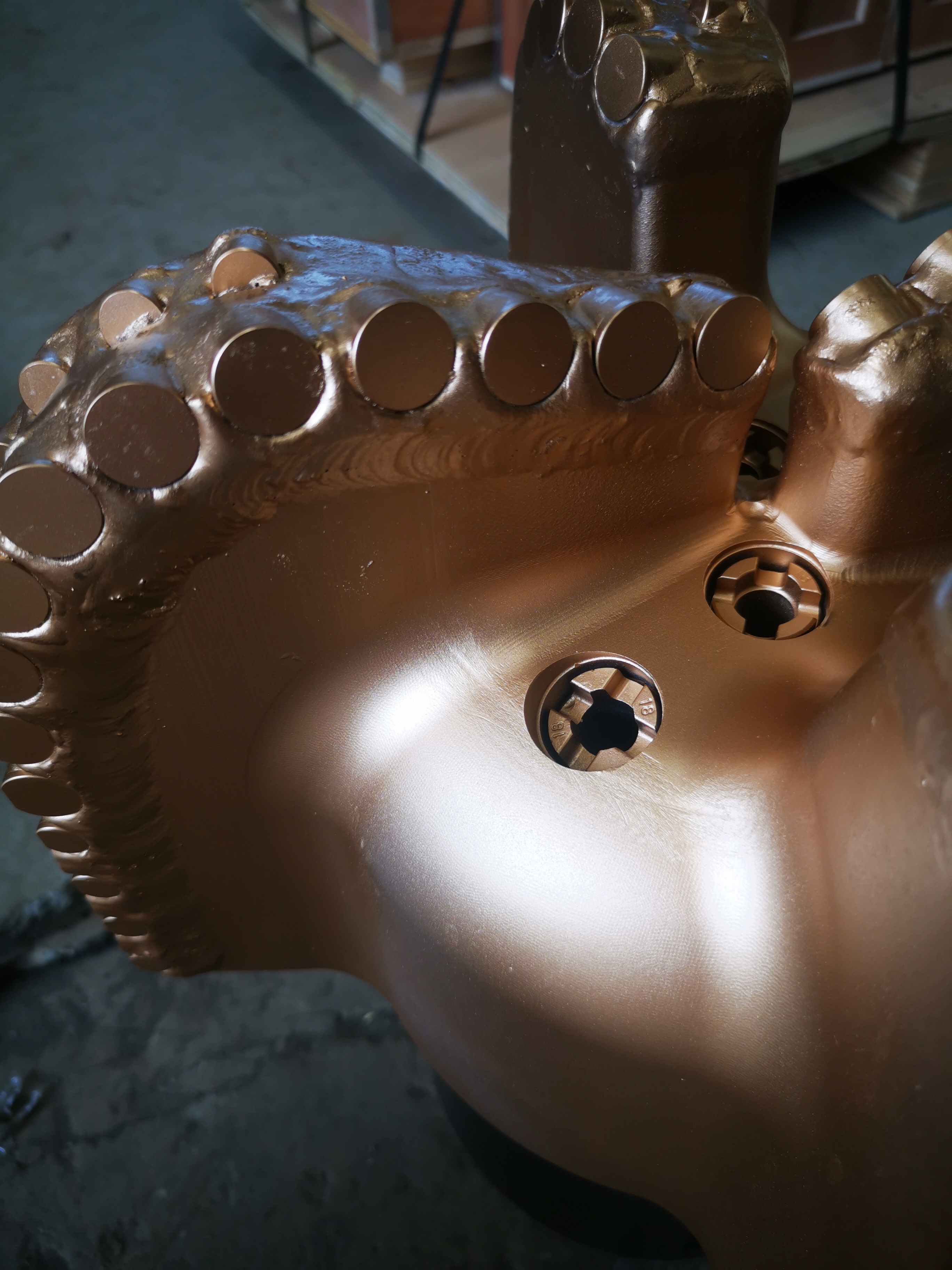
Core Functions: Cooling, Cleaning & Rock-Breaking Enhancement
Embedded in the bit body, metal nozzles endure extreme conditions—high pressure, intense vibration, and abrasive slurry erosion. Their primary role is cooling and lubrication: Drilling fluid jets generated by nozzles rapidly cool diamond cutters heated by rock-cutting friction, preventing thermal damage. For example, shoulder cutters operating at high linear velocities often suffer uneven cooling with conventional nozzles. Hybrid nozzle designs—combining high-pressure nozzles at shoulder steps with low-pressure jets in junk slots—boost localized cooling efficiency by over 30%.
Secondly, nozzles enable efficient cuttings removal. Cylindrical jets often create "dead zones" where cuttings accumulate, increasing bit resistance. Innovations like rectangular-orifice nozzles (pioneered by firms like Jiujiang Jinlu) produce sheet-like jets that radially cover more cutters, reducing cuttings residence time and preventing rate of penetration (ROP) decline.
Design Evolution: From Fixed to Intelligently Adjustable
Modern nozzles transcend basic functions to enable active rock fragmentation. Extended-body nozzles incorporate protrusions that create static pressure zones inside the bit, reducing body erosion and extending service life by 20%. Cutting-edge adjustable nozzles dynamically steer jets to switch functions—breaking rock, enhancing cuttings transport, or eliminating dead zones—achieving multi-functional performance.
Material Breakthroughs: Tungsten Carbide Dominance
Nozzle durability hinges on material science. Tungsten carbide alloys dominate due to their superior wear/corrosion resistance. In Tarim Oilfield’s Bozi 1-2 well, carbide nozzles enabled a roller cone bit to withstand 5,000+ meters of conglomerate layers, achieving a record 272-hour continuous run and setting China’s deepest air-drilling record (5,068m) in a 333.4mm borehole. Companies like DRS-TECH further enhance nozzle reliability for sour gas fields using PSL4-grade alloys compliant with ISO 14310 standards.
Digital Integration: Smart Hydraulic Optimization
Digitalization amplifies nozzle value. Real-time 3D dynamic twin models (as deployed by CNPC Logging) optimize jet parameters using formation data, preempting fluid losses. Rotary steerable systems leverage high-precision trajectory control to keep jets consistently focused on target zones. This geology-engineering integration transforms nozzles from passive components into intelligent terminals.
Key Takeaways
🔧 Metal nozzles serve as hydraulic nerve centers in PDC bits, enabling cutter cooling, cuttings evacuation, and assisted rock breaking.
🌀 Innovative designs (hybrid pressure nozzles, rectangular jets) resolve uneven cooling and cuttings accumulation, boosting ROP by ≥20%.
💎 Tungsten carbide materials withstand ultra-deep abrasive formations, enabling record-breaking drilling milestones.
🤖 Digital integration via rotary steering and dynamic modeling achieves precise fluid energy distribution.
SUNGOOD TECH’s 2025-launched adaptive jet nozzle features a variable-flow geometry that auto-adjusts jet angle/pressure based on lithology, reducing bit wear by 40% in Sichuan shale gas trials.
Industry Discussion: How can nozzle erosion resistance and hydraulic efficiency be balanced in ultra-deep wells?
👉 Explore technical solutions: SUNGOOD TECH Nozzle Optimization
PREVIOUS:
Contact Us







